Kunitsu-Gami: Path of the Goddess Is The Kind Of Game Big Publishers Don't Make Anymore
It's a loving tribute to ancient Japanese culture and old-school game design.
Capcom released an absolute gem of a game this year. No, I'm not talking about Dragon's Dogma 2, Dead Rising Deluxe Remaster, or Marvel vs. Capcom Fighting Collection--all of which hit shelves in 2024. And you didn't miss a stealth release in the Resident Evil, Street Fighter, or Monster Hunter series. Alongside three major well-received releases, Capcom released an off-beat game filled with ghosts, Japanese tradition, and strategic job assignment: Kunitsu-Gami: Path of the Goddess. This game was released in 2024, but it feels like it was sent forward from 2004--in all the best ways.
No one is going to blame you for having missed it. To say it flew under the radar is an understatement, and Capcom said in a recent financial briefing that the game did not meet sales targets. But Kunitsu-Gami should be treated as almost a historical document, both in the way the game is designed and in its actual content.
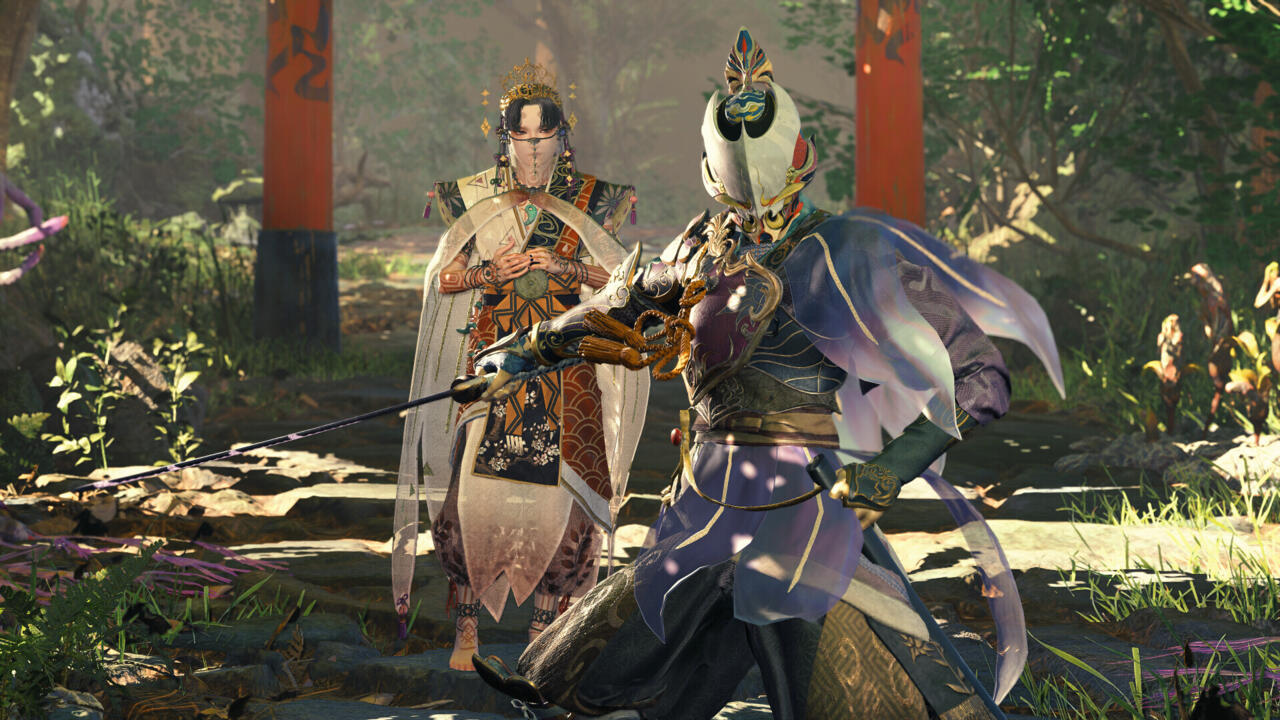
As the warrior Soh, you have to protect the divine maiden Yoshiro so that she can purify the defiled mountain, freeing villagers to help you in a sort of worker-management real-time-strategy game that takes you in a zig-zag path down the mountain and through all manner of monsters and ghosts plucked from Japanese folklore.
The rhythm of the game is simple: By day, you'll rescue villagers, restore tower defense-style obstacles, and try to get Yoshiro as close to the gate as possible without bringing her so close that she becomes endangered. You'll also assign the villagers roles like Woodsman, Archer, Ascetic, Sumo, or one of many other classes. At night, you'll defend Yoshiro with the help of those villagers, managing the villagers to make them effective and keep them safe. Once you've stopped the monsters, everybody does a dance to purify the gate.
Classic Design
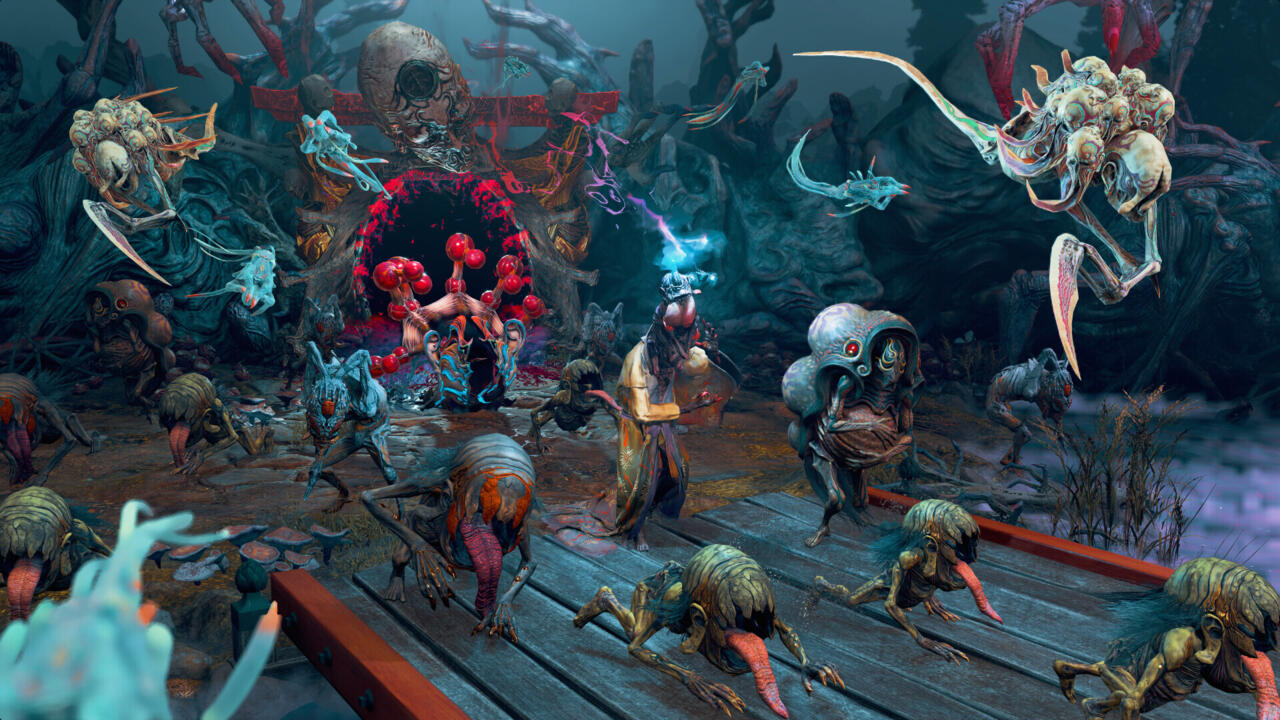
Many games these days are designed to appeal to as many people as possible and provide dozens or even hundreds of hours of gameplay, often advertising piles of DLC and in-game currency that costs real-world money. Kunitsu-Gami feels silent by comparison. There's one piece of DLC, and it's free even for the Game Pass players--some simple Okami-themed cosmetics, such as a charm that causes grass to grow behind you when you walk, that both looks like something straight out of the 2006 Capcom classic and that feels of a piece with the look of Kunitsu-Gami. There's nothing extra to buy, unless you count the soundtrack, which is available on Steam.
The game itself is linear, giving you an increasingly difficult playlist of stages and a growing stable of character classes to assign. You can go back and replay levels for additional rewards, but they're optional. The game is challenging, but it never asks you to fiddle around with collecting knick-knacks, clearing towers, or whatever else. It's just a strategy game, and that alone makes it somewhat harder to approach. It isn't a variation on a well-trodden set of gameplay mechanics and themes. Kunitsu-Gami asks the player to learn a new set of systems as they manage their villagers and resources, and to do that in a world of folklore that will be entirely new to many Western players.
The whole game feels like it was somehow delayed by 20 years and only just came out now, but that's not a dig on it--the opposite, in fact. Publishers similar in size to Capcom just don't make games like this anymore.
Traditional Art

Beyond feeling like a welcome trip to the gaming of days past, Kunitsu-Gami aesthetic looks backward as well, but into Japanese folklore and tradition. Many games reflect the place in which it was made, but Kunitsu-Gami takes this to another level. Kunitsu-Gami is steeped in Japanese art.
The movements of Soh, Yoshiro, and the villagers are pulled from Kagura ritual dance, including Soh's sword combat moves. You can find woodblock prints telling you about the different monsters you fight. The designs of the monsters themselves mimic traditional art of yokai (ghosts) and bakemono (monsters) in Japanese woodblock art. Where games like Nioh and Ghost of Tsushima are interested in immersing you in their worlds and making you feel like you're the guy having the adventure (a totally valid approach!), Kunitsu-Gami presents a world that feels like a diorama of a fairytale. Photorealism is the last thing on its mind.
The music, too, finds inspiration in traditional children's songs and rhymes, and uses a combination of traditional Japanese instruments and modern Western instruments to create a fusion of sounds that feels historical without being limiting. You can present Yoshiro with traditional Japanese confections made by real confectioners. The team behind the game took those confections and scanned them into the game in extreme detail to capture the look and feel of the food. Much of the architecture and clothing also comes from physically crafted objects, all created with an eye toward authenticity to the art itself. The game may be a digital creation, but the things that inspired it are historical and physical, and so the art in the game is, too.
Just making sense of Kunitsu-Gami from an artistic perspective is a tall order, and you could spend dozens of hours studying each element and still come back with questions. It's steeped in historical Japanese culture, with such attention to detail that it might as well qualify as a piece of Japanese historical preservation.

Even the marketing for Kunitsu-Gami reaches back into Japanese history, as Capcom partnered with a Bunraku troupe for part of the game's advertising. Bunraku (puppet) theater is one of the oldest forms of performing art in Japan.
When I think about Kunitsu-Gami: Path of the Goddess as a physical game, I don't imagine a PlayStation 5 or Xbox Series X label on the box. In their place is a PlayStation 2 or 3 label, or maybe even a GameCube one, and I'm in my first apartment, playing it at midnight when I have class the next morning. Despite being a new game, Kunitsu-Gami is an artifact from another time in the best way.
More Best Of 2024:
- Our Favorite Games That Didn't Make The Top 10
- Best PS5-Exclusive Games Of 2024
- Best Switch-Exclusive Games Of 2024
- Best PC-Exclusive Games Of 2024
- Best Xbox Games Of 2024
- Best-Reviewed Games Of 2024
- Best Of 2024 hub
Got a news tip or want to contact us directly? Email news@gamespot.com

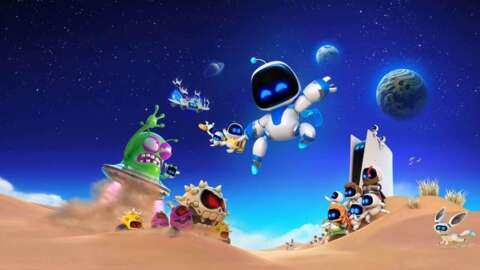
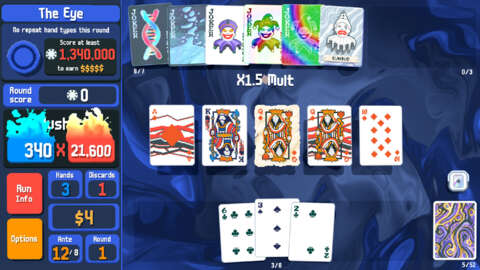
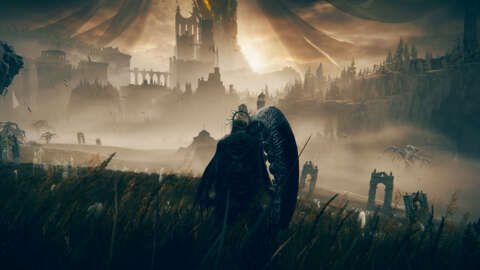


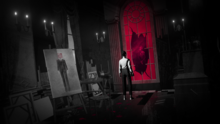
Join the conversation